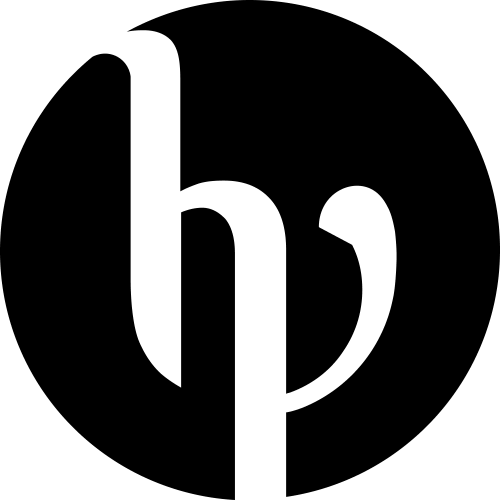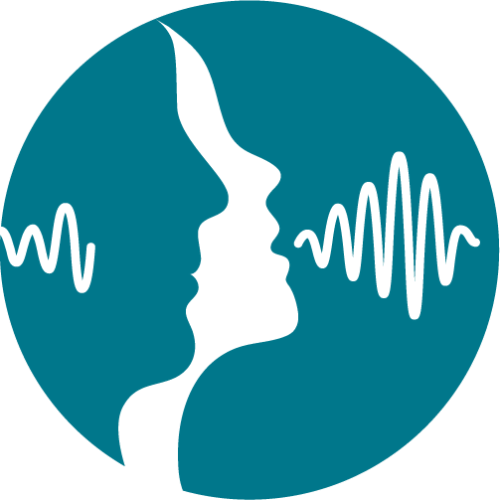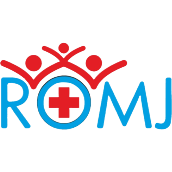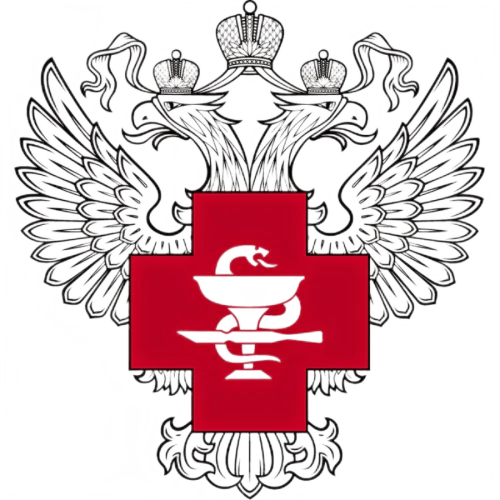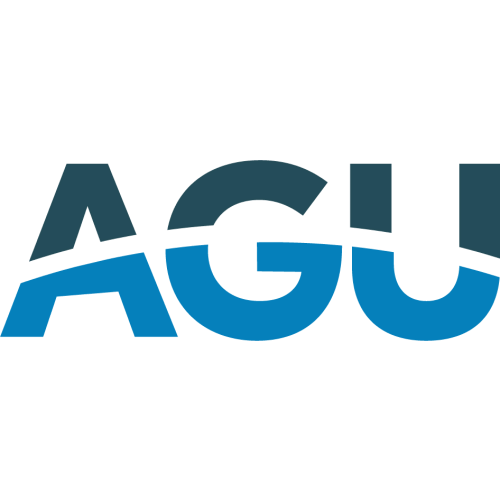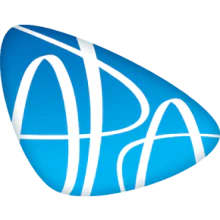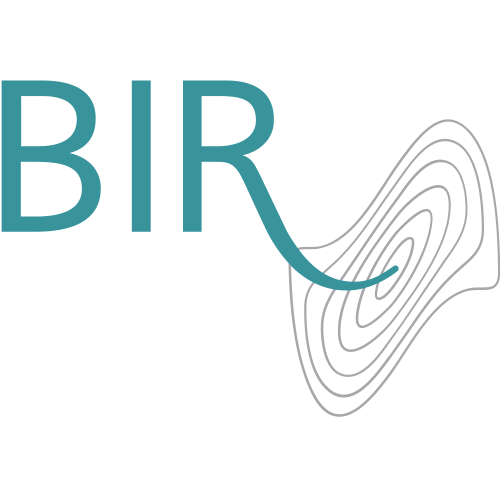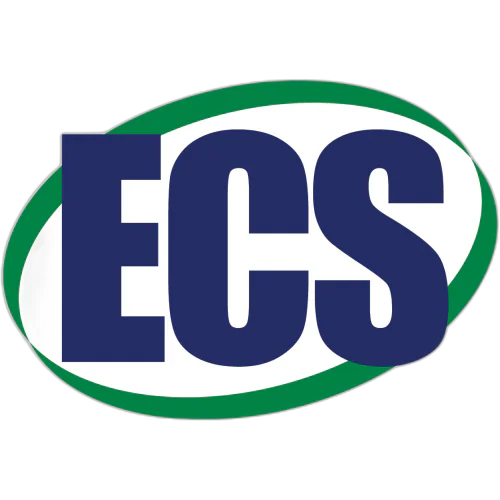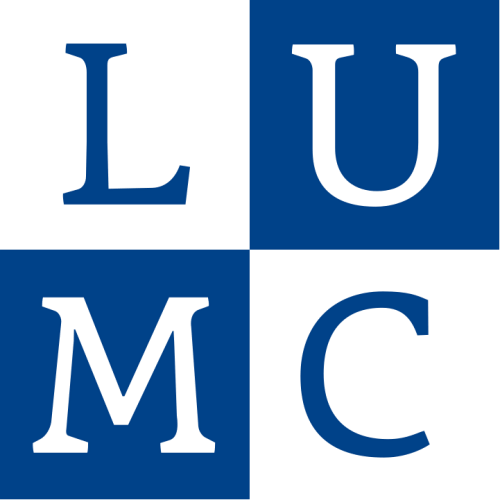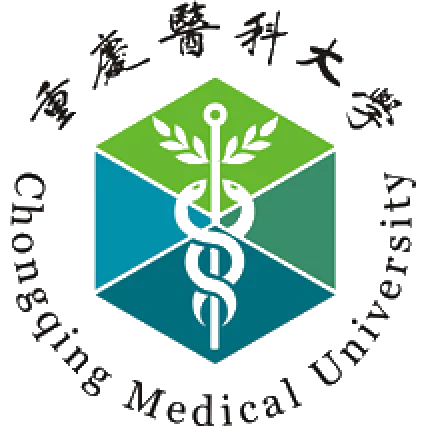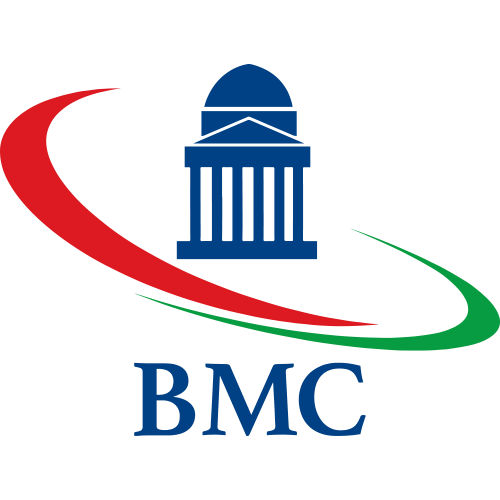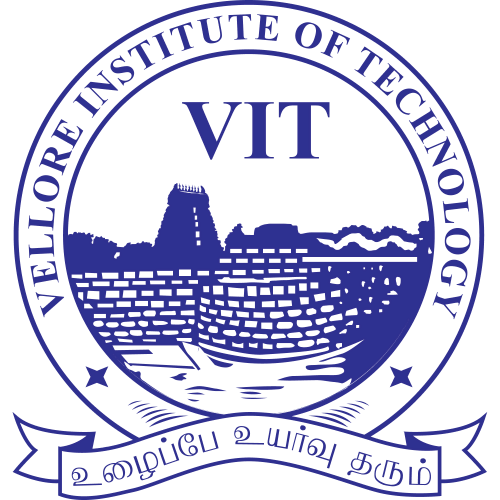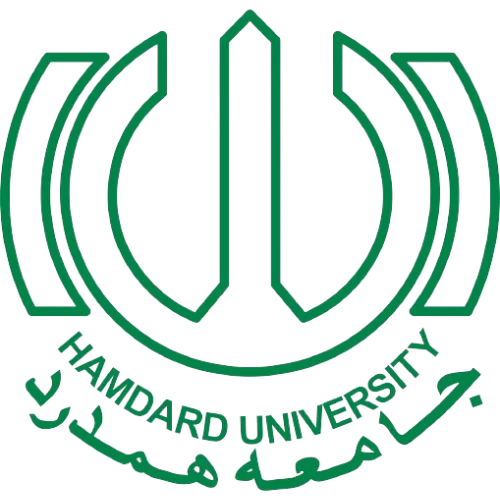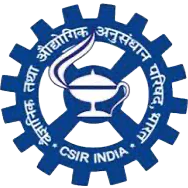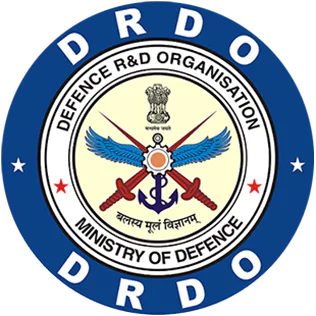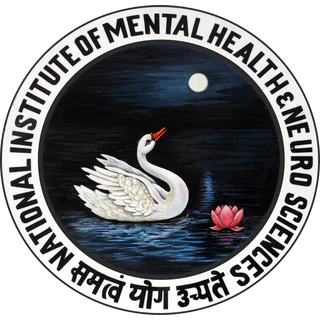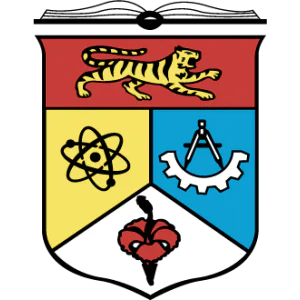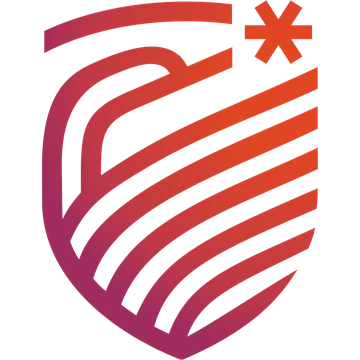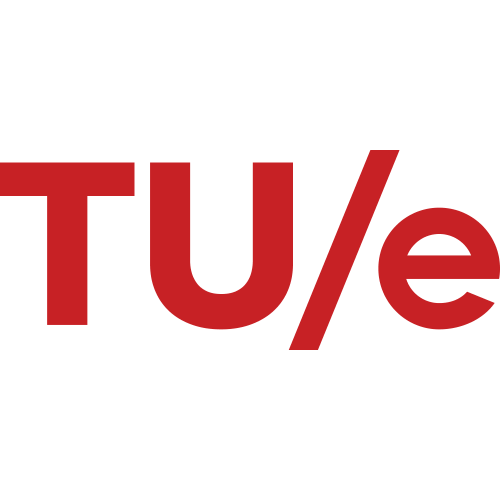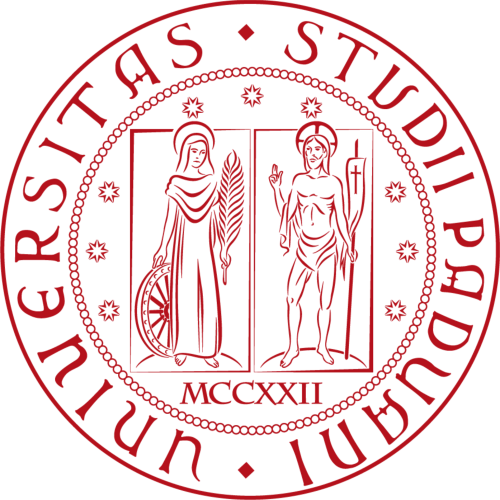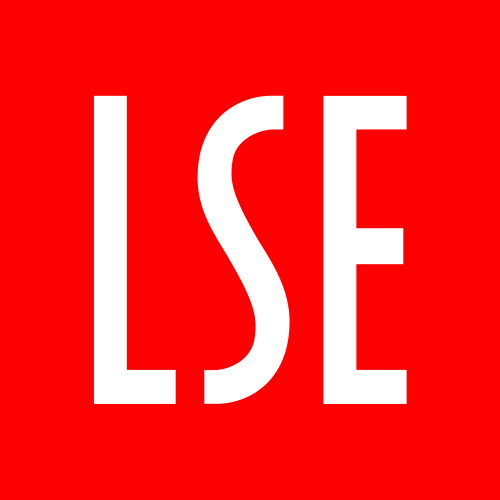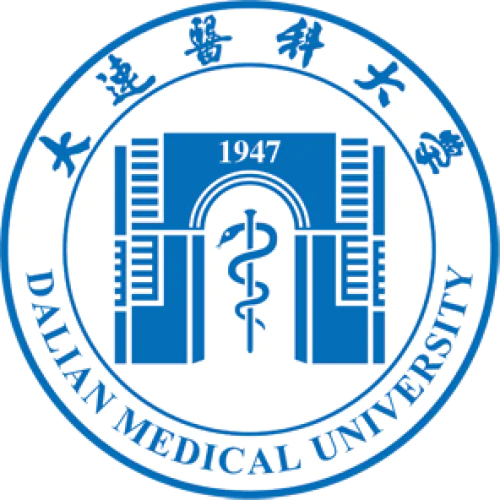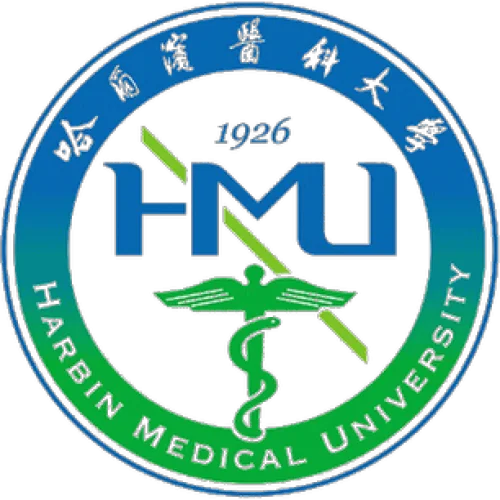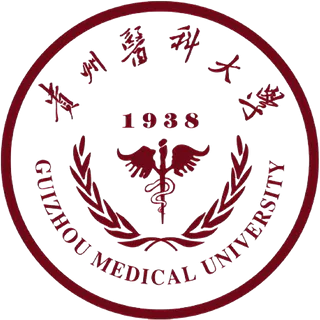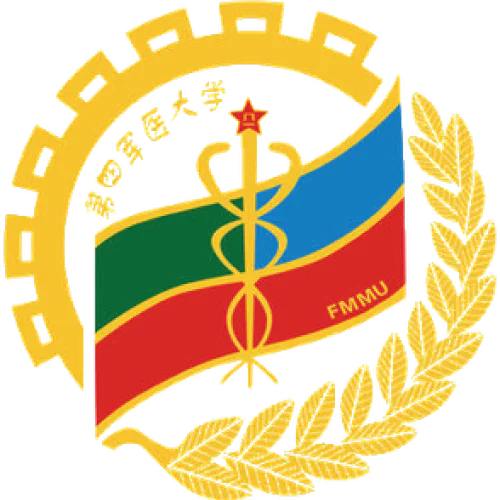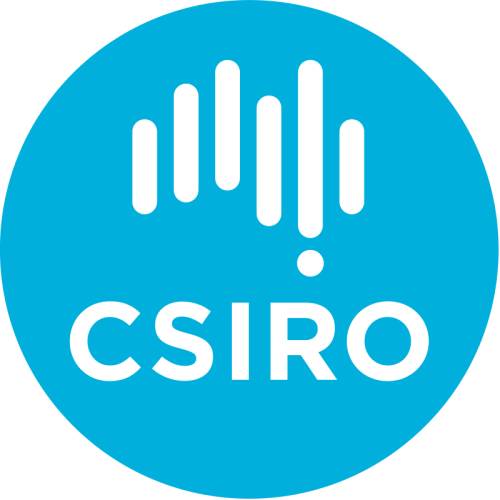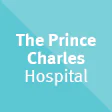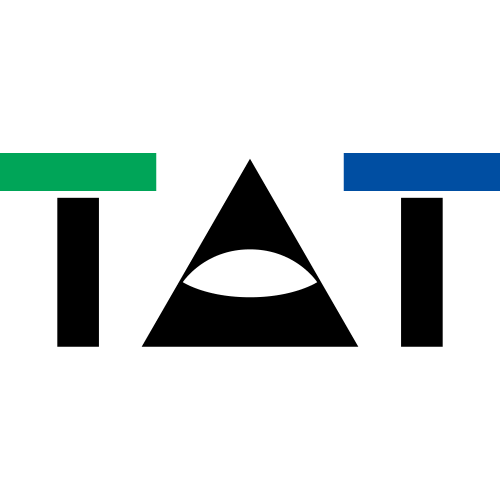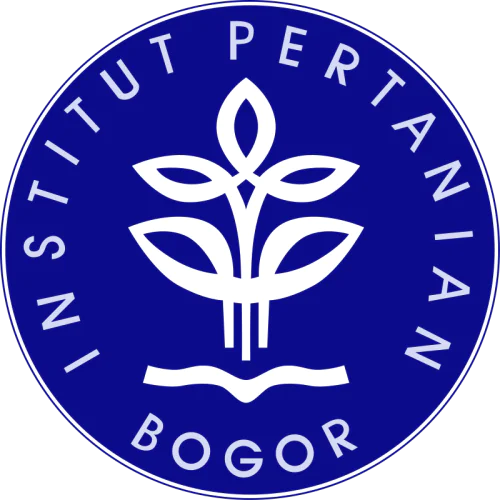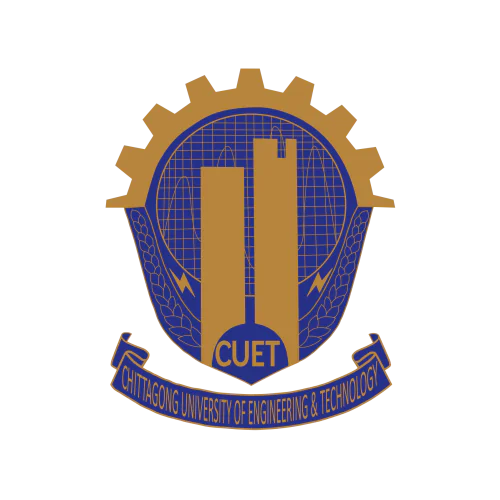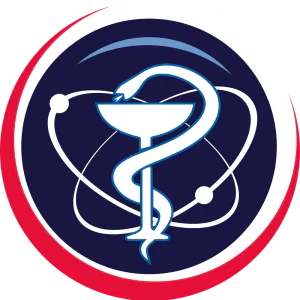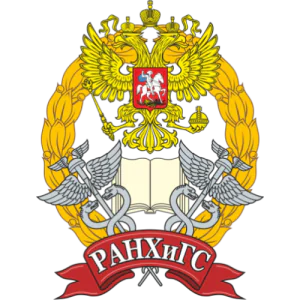Are you a researcher?
Create a profile to get free access to personal recommendations for colleagues and new articles.
SCImago
Q2
SJR
0.736
CiteScore
11.3
Categories
Health Informatics
Health Information Management
Medicine (miscellaneous)
Areas
Health Professions
Medicine
Years of issue
2021-2025
journal names
Clinical eHealth
Top-3 citing journals

Clinical eHealth
(35 citations)

IEEE Access
(31 citations)

Communications in Computer and Information Science
(24 citations)
Top-3 organizations

Fudan University
(30 publications)
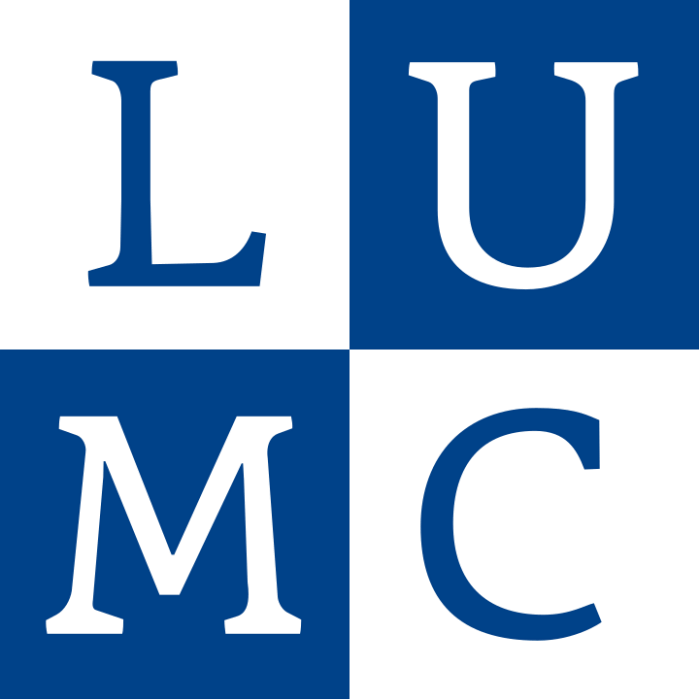
Leiden University Medical Center
(17 publications)

Shanghai Jiao Tong University
(8 publications)

Fudan University
(26 publications)

Leiden University Medical Center
(9 publications)

Shanghai Jiao Tong University
(8 publications)
Top-3 countries
Top-2 researchers by articles count
1 publication in journal

Bally Lia
160 publications,
3 405 citations,
3 reviews
h-index: 29

University Hospital of Bern

University of Bern
1 publication in journal
Basu Arindam
41 publications,
6 169 citations
h-index: 8

University of Canterbury
Most cited in 5 years
Found
Nothing found, try to update filter.
Found
Nothing found, try to update filter.
Top-100
Citing journals
Citing publishers
Publishing organizations
Publishing organizations in 5 years
Publishing countries
|
5
10
15
20
25
30
35
40
|
|
|
China
|
China, 38, 31.4%
China
38 publications, 31.4%
|
|
Netherlands
|
Netherlands, 15, 12.4%
Netherlands
15 publications, 12.4%
|
|
USA
|
USA, 8, 6.61%
USA
8 publications, 6.61%
|
|
India
|
India, 7, 5.79%
India
7 publications, 5.79%
|
|
Germany
|
Germany, 2, 1.65%
Germany
2 publications, 1.65%
|
|
Brazil
|
Brazil, 2, 1.65%
Brazil
2 publications, 1.65%
|
|
United Kingdom
|
United Kingdom, 2, 1.65%
United Kingdom
2 publications, 1.65%
|
|
Pakistan
|
Pakistan, 2, 1.65%
Pakistan
2 publications, 1.65%
|
|
Australia
|
Australia, 1, 0.83%
Australia
1 publication, 0.83%
|
|
Austria
|
Austria, 1, 0.83%
Austria
1 publication, 0.83%
|
|
Bangladesh
|
Bangladesh, 1, 0.83%
Bangladesh
1 publication, 0.83%
|
|
Ireland
|
Ireland, 1, 0.83%
Ireland
1 publication, 0.83%
|
|
Canada
|
Canada, 1, 0.83%
Canada
1 publication, 0.83%
|
|
Malaysia
|
Malaysia, 1, 0.83%
Malaysia
1 publication, 0.83%
|
|
New Zealand
|
New Zealand, 1, 0.83%
New Zealand
1 publication, 0.83%
|
|
UAE
|
UAE, 1, 0.83%
UAE
1 publication, 0.83%
|
|
Sudan
|
Sudan, 1, 0.83%
Sudan
1 publication, 0.83%
|
|
Japan
|
Japan, 1, 0.83%
Japan
1 publication, 0.83%
|
|
5
10
15
20
25
30
35
40
|
Publishing countries in 5 years
|
5
10
15
20
25
30
35
|
|
|
China
|
China, 32, 29.09%
China
32 publications, 29.09%
|
|
Netherlands
|
Netherlands, 7, 6.36%
Netherlands
7 publications, 6.36%
|
|
USA
|
USA, 6, 5.45%
USA
6 publications, 5.45%
|
|
India
|
India, 6, 5.45%
India
6 publications, 5.45%
|
|
Brazil
|
Brazil, 2, 1.82%
Brazil
2 publications, 1.82%
|
|
Germany
|
Germany, 1, 0.91%
Germany
1 publication, 0.91%
|
|
Austria
|
Austria, 1, 0.91%
Austria
1 publication, 0.91%
|
|
Bangladesh
|
Bangladesh, 1, 0.91%
Bangladesh
1 publication, 0.91%
|
|
United Kingdom
|
United Kingdom, 1, 0.91%
United Kingdom
1 publication, 0.91%
|
|
Ireland
|
Ireland, 1, 0.91%
Ireland
1 publication, 0.91%
|
|
Canada
|
Canada, 1, 0.91%
Canada
1 publication, 0.91%
|
|
Malaysia
|
Malaysia, 1, 0.91%
Malaysia
1 publication, 0.91%
|
|
New Zealand
|
New Zealand, 1, 0.91%
New Zealand
1 publication, 0.91%
|
|
Pakistan
|
Pakistan, 1, 0.91%
Pakistan
1 publication, 0.91%
|
|
Sudan
|
Sudan, 1, 0.91%
Sudan
1 publication, 0.91%
|
|
Japan
|
Japan, 1, 0.91%
Japan
1 publication, 0.91%
|
|
5
10
15
20
25
30
35
|
1 publication in journal
Basu Arindam
41 publications,
6 169 citations
h-index: 8

University of Canterbury



















